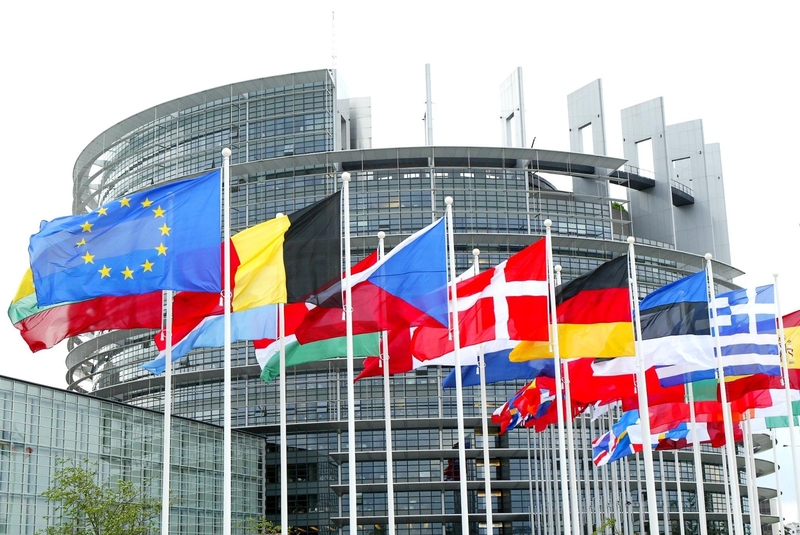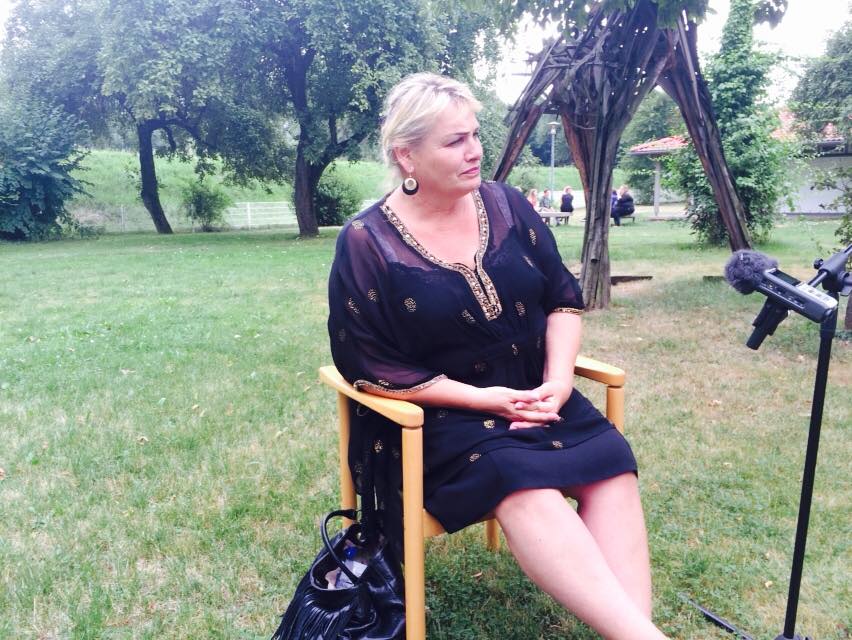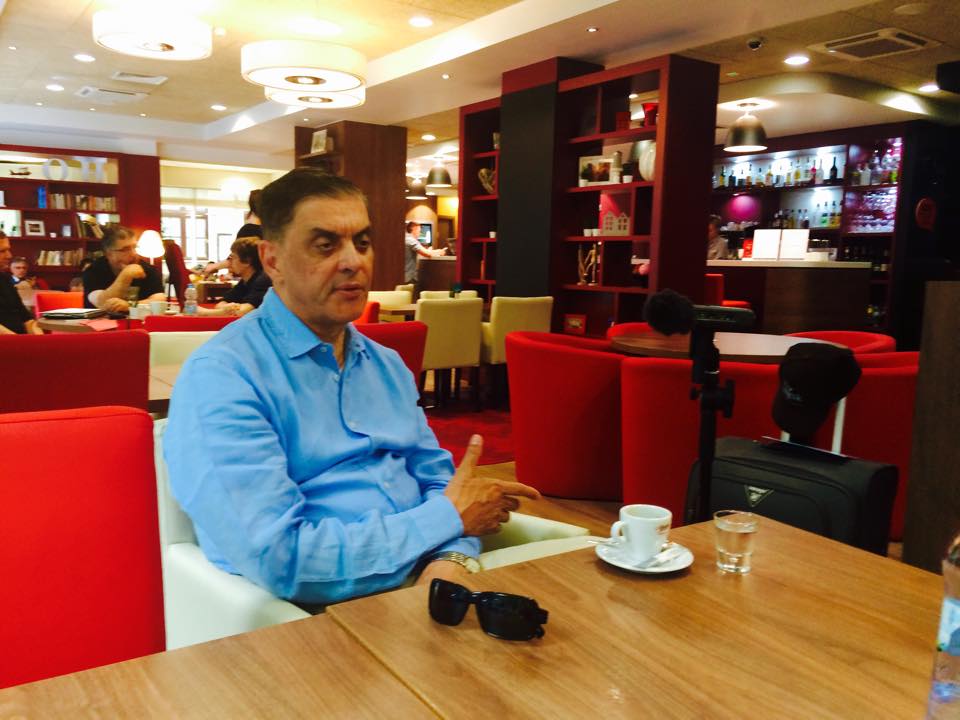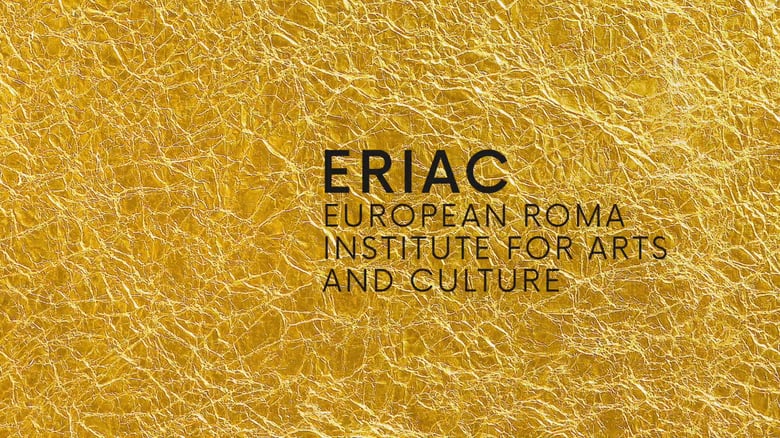The Roma, Leadership, Mobilization and the European Union
By Małgorzata Kołaczek
Several hundred Romani organizations have been created since the end of communism in Central, Eastern and South-Eastern Europe, but the efforts of the Roma people to organize themselves have accelerated and flourished most significantly since the accession of many countries in the region to the European Union in 2004. The Roma have launched efforts in recent years to construct a national identity and mobilize political leadership at the transnational level.
I am marginalized, therefore I am...

The Roma are subject to wide-spread discrimination and are socially and economically marginalized in almost every European country. The Roma people demonstrate all of the characteristics of Fred Mahler’s conception of marginalized groups: a lack of access to governing and decision-making; possession of more responsibilities and restrictions than rights and choice; low economic status; limited economic, educational, and professional opportunities; special vulnerability to the effects of social crises; legal discrimination; social stigma and discriminatory practices (F. Mahler, 1993). Roma throughout Europe are often classified in the category of social underculture, which is linked to the so-called new poverty and welfare dependency (M. S. Szczepański, G. Maciejewski, G. Gawron, 2006). One can also read about Roma being described as an ethno-class.
This experience is essential to Roma identity. Although the excluded Romani masses rarely participate in ethnic mobilization, their situation motivates Romani leaders to act on their behalf. Furthermore, these leaders believe that public discourse would not be possible without a clearly-defined concept of ethnic identity. This is consistent with the claims of numerous scholars that the existence of a group with a clearly defined identity is a precondition for political mobilization, particularly for marginalized groups. There are two parallel frames of reference in the Roma’s contemporary ethnic identity: one based on common experiences and problems that result from exclusion, and a second, grounded in the conviction of a common ethnogeny, history and culture.
These two concepts can be described as real and constructed identity, respectively. They do not stand in opposition to each other, however; they exist side-by-side and complement each other. The sense of belonging based on marginalization on the one hand and on common culture, on the other, may lay the groundwork for awakening a broader ethnic mobilization beyond the Roma elites, in the lower social layers. Thus far, however, it serves principally to legitimate the Roma leaders’ activities on behalf of their community.
Towards Europe we go

The ethnic mobilization of the Roma is a new phenomenon. The fall of communism provided its first impulse, and the accession of 10 new countries to the 15 member states of the “old” Union helped it to germinate. The flourishing of Romani organizations was inspired by promises of democracy, tolerance, and equality, but was also promoted by European money, quite a lot of it. It flowed from the EU and from national budgets, as every EU accession state sought to demonstrate how its policy helped minorities. This was not the case before EU accession, and the so-called Roma issue played an important role in promoting the minority agenda on the EU forum.
The Treaty of Maastricht that created the European Union (February 7, 1992) underscored the principle of respect in the EU for the rights included in the European Convention of Human Rights and Fundamental Freedoms. Until this time, the issue of minority rights had been latent in the law of the European Communities in Art. 177, Section 2 of the Treaty of Rome of 1957, which granted jurisdiction to the European Court of Justice. In the early years of European integration, coping with minority-related issues was largely left to national policies. In contrast, the broader issue of human rights began to be taken up frequently in the European Parliament from its beginning in the late 1970s. The European Parliament produced numerous documents and recommendations on human rights, but at that point European Parliament decisions were not binding and imposed no obligations on member states. Generally, in the 1980s and early 1990s issues the Roma were discussed only in the field of education. In 1989 the European Council called on member states to adopt a “comprehensive, structural approach that would help to overcome the most serious obstacles preventing Gypsy children from access to education.” Member states became active in the field of education, but most of their efforts focused on regulations related to the Roma people’s nomadic way of life and efforts to settle them down in their territories.
The collapse of communism and the aspirations of states from the former eastern bloc to join the European Union gradually raised interest in Roma issues in Europe.
- The Copenhagen Criteria adopted by the European Council in 1993 included respecting and protecting minorities among the political criteria that were conditions for obtaining membership in EU, along with economic and legal requirements.
- Agenda 2000 of the European Commission (July 1997) singled out the especially difficult social situation of the Roma people and the discrimination they faced in Bulgaria, the Czech Republic, Hungary, Poland, Romania and Slovakia.
- The Treaty of Amsterdam (May 1999) elevated the political accession criteria to fundamental rules on which the Treaty on the European Union was based.
- The Charter of Fundamental Rights proclaimed at the Nice summit in December 2000 reaffirmed the political criteria for EU membership.
The Accession requirements surely advanced protection of minorities in candidate states. Additionally, for Roma leaders, discussing issues related to minority rights in the context of the Roma people turned out to be priceless. This made it possible to raise topics related to the Roma community within EU bodies and in public discourse in member states, where it became more difficult to ignore them. Interest in these issues rose further in 2007, when Romania and Bulgaria joined the EU with almost 2.5 million Roma people. Currently, the Roma population in Europe is estimated at approximately 12-15 million.

And the leader is...
What should a Roma activist be like? One of the leaders I interviewed answered as follows: “Surely, he or she should be a person who can operate in two worlds, among the Roma and the non-Roma….” Education and the ability to operate in the world of the majority population are crucial. The Roma elders exercise traditional authority, but they increasingly see that the old ways prevent them from reaching agreements with non-Roma. They depend on young leaders who can operate “outside,” raise money, and represent their interests to the political authorities. On the other hand, modern leaders depend on the support of the elders to maintain a connection to their social base. The majority of Roma from Central European NGOs that I interviewed agreed that there is no conflict between traditional and modern leaders as long as the modern leaders obey tradition and respect the culture.

We will talk to you later
Ironically, the efforts of the European Union to promote Roma organizations have fostered conflicts and misunderstandings among Roma leaders as they clash over the distribution of funds. Conflicts arise over whether leaders really represent their communities. Meanwhile, the private ambitions of leaders also reflect differing visions of how to improve the Roma situation, with whom they should cooperate and with whom they should not. These conflicts often lead public authorities to claim that they want to have a single Roma voice. The Roma, on the other hand, sometimes view this rhetorical move as disingenuous. Marcel Courthiade, a Roma linguist and activist, argues that non-Roma “often react with anger when Roma leaders are arguing. They say: first solve the problems among yourselves and then we will talk to you. It is an ideal solution to delay activities in favour of the Roma.”

Traditional authorities have the difficult task of leading in a way that combines their Roma identity with the everyday life of a postmodern society. They are in the process of creating a 21st century Roma identity. While the EU focuses primarily on the social problems that Roma communities face, Roma leaders increasingly emphasize the impact and role of Roma culture, history, tradition and art, which need to be promoted, re-described, re-introduced and put in their rightful place in the European cultural heritage. Some leaders would like to do all of this independently of non-Roma influences.
Now us
A recent example is the launching of the European Roma Institute of Arts and Culture (ERIAC) in Berlin on June 8th, 2017. One of the co-founders of ERIAC, art historian Timea Junghaus, emphasizes that “making images about Roma has been the monopoly of non-Roma for over six centuries.… There is now a critical mass of educated Roma artists, creative producers, scholars and intellectuals who can lead the discourse and practice of Roma representation.” (S. Kapralski, M. Kołaczek, J. Talewicz-Kwiatkowska, 2015).
The Institute also aims to promote better understanding of Romani cultures and history in the non-Roma population and provide reliable data and information about Roma in Europe. Some scholars, however, including both non-Roma and Roma, think that involving only Roma in the decisive process in the Institute is a form of discrimination and prevents researchers and activists who have spent their lives working with Roma topics from being included in this breakthrough initiative. The division in the Roma field, both in research and activism, is increasingly palpable and visible. One can say it is a natural stage of any ethnic political movement. The fact that Roma want and need to take responsibility for their image and plight is understandable and a logical progression of Romani mobilization. Time will tell whether it will evolve once again and include feedback and criticism from outside, which is crucial in research, academia and art. After years of putting integration and co-operation on the agenda (however one-way and unequal this co-operation might be), we are entering an era of detachment from the mainstream and majority culture so that the Roma can reinvent themselves. Now is the Roma’s turn to tell their own story. Time will tell whether there is a place for anyone else in it.
Dr. Małgorzata Kołaczek was visiting professor in the Skalny Center in Fall 2017. She is assistant professor at the Institute of Intercultural Studies, Jagiellonian University, Kraków, Poland.
